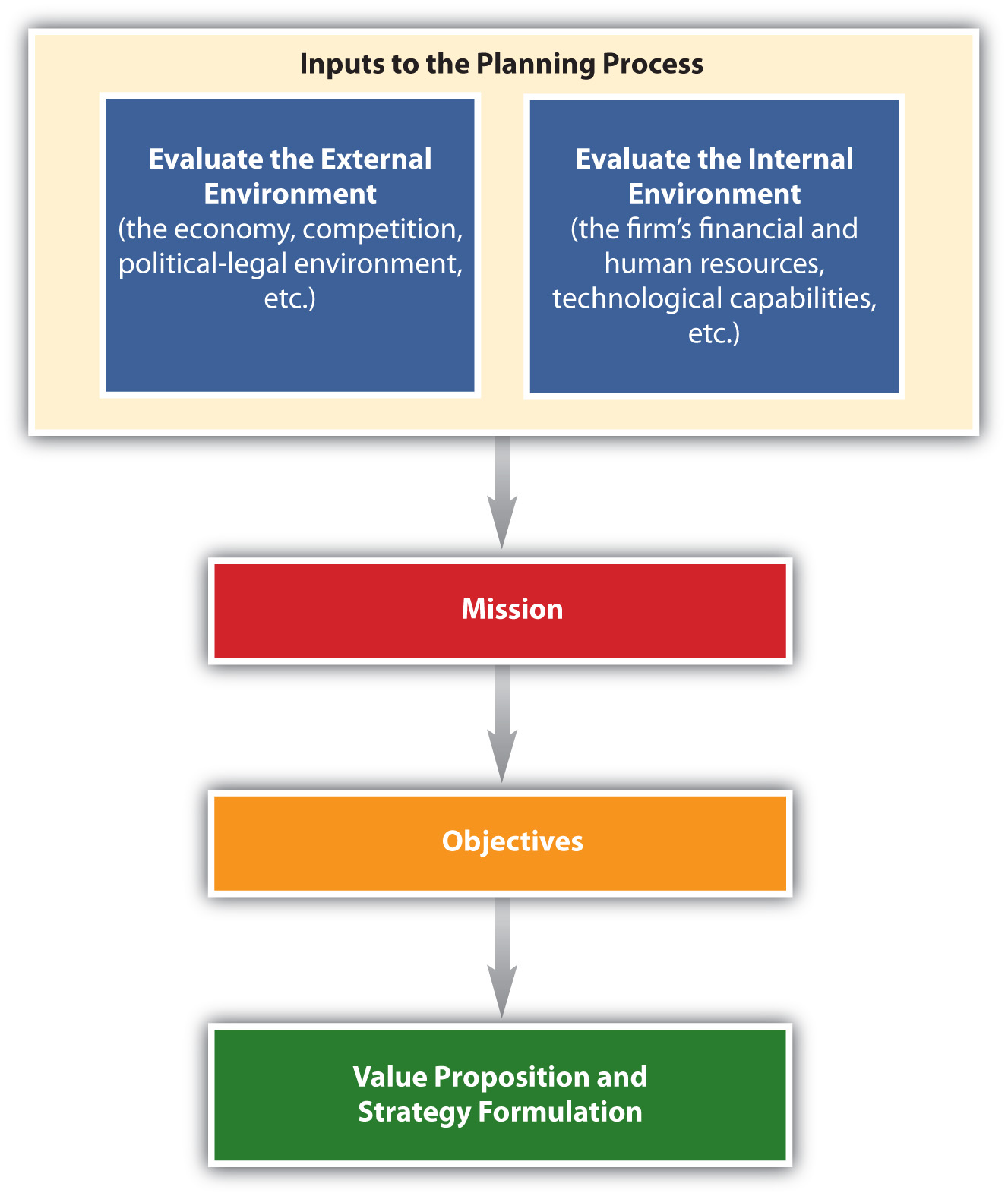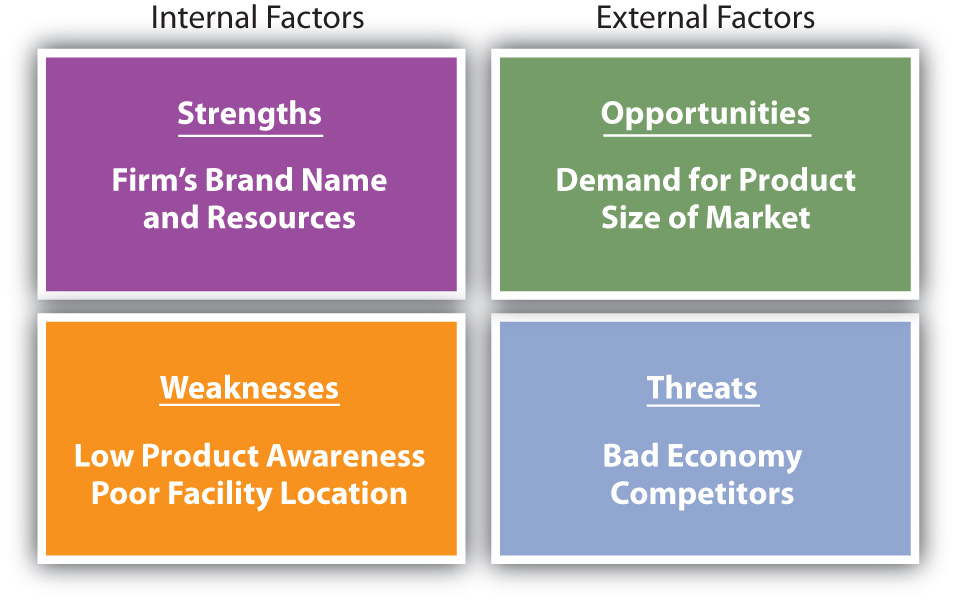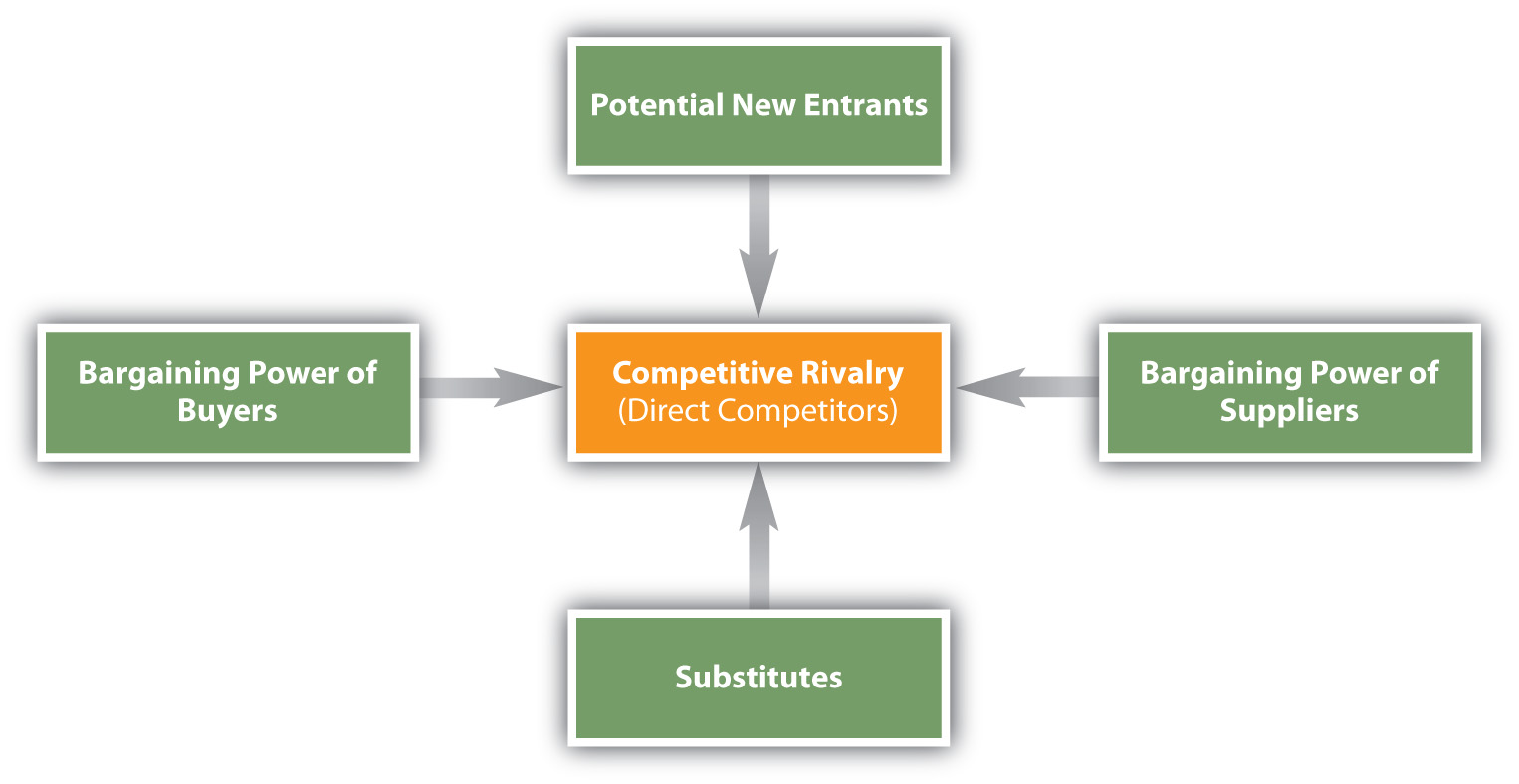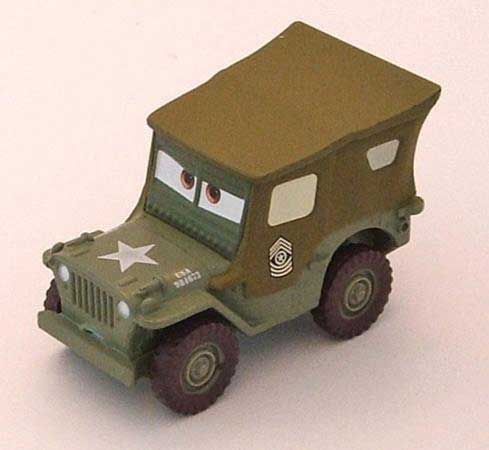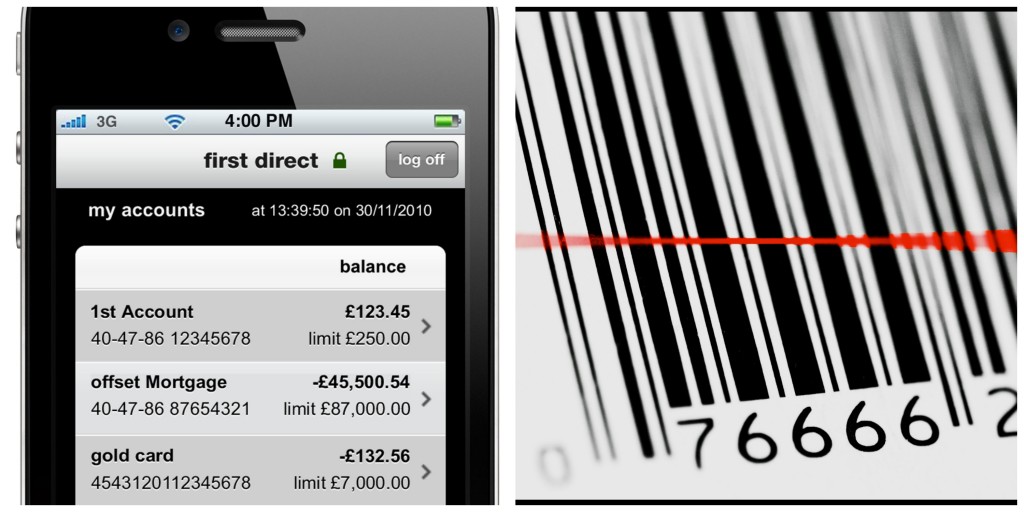Store marketing organizations Badlapur East
Fulcrum Marketing is a strategic Store marketing organizations Badlapur East. Our team of marketing consultants also specialise in marketing planning and Store marketing for all types of business of any size.
Brand Strategy: Build a Powerful Brand
Your B2B brand determines which signals you’re sending out to the marketplace and how you are perceived by your audience. Whether launching a new service, targeting a niche audience with specific products, or knocking the rust off a dated market position, your brand strategy is fundamental to your company’s success. That’s where we come in. Uncovering the insights that help build an effective, hard-working B2B brand position takes experience — an ability to conduct interviews that deliver more than high-level answers to boilerplate questions; curious researchers willing to explore the idiosyncrasies of your markets; creative minds that bring clarity, even when a compelling position feels obfuscated by internal biases and aggressive competitors.
| Research Interview customers and SMEs Primary, secondary research | Messaging Tell your story convincingly Maintain campaign consistency | Brand Expression Create a visual representation of your brand |
We start with research — talking with your product experts and potential customers to make sure we understand the nuances of your position.
Then, we craft persuasive messages that connect with your target audience, ensuring continuity across all communications.
Finally, we create a visual identity that expresses your brand to a T.
While it’s not quite as easy as one-two-three, we’ll keep it simple, staying focused on the insights that can serve as brand building blocks and avoiding unnecessary trips down rabbit holes that won’t bring any value.
Implementing a Store marketing Strategy
Implementing a Marketing Strategy Execution Plan, known to Fulcrum and our clients as a “Sprint Plan” is the most effective way to prevent this highway-less journey , Store marketing organizations . A Marketing Strategy is a set of strategic goal-focused plans for a certain period of time.
Store marketing Strategy and Planning
Implement your marketing plan
Your marketing plan must do more than just say what you want to happen. It must describe each step required to make sure that it happens.
| Schedule The plan should include a schedule of key tasks. This sets out what will be done, and by when. Refer to the schedule as often as possible to avoid losing sight of your objectives under the daily workload. | Team And Resources It should also assess what resources you need. For example, you might need to think about what brochures you need, and whether they need to be available for distribution. You might also need to look at how much time it takes to sell to customers and whether you have enough salespeople. |
| Cost The cost of everything in the plan needs to be included in a budget. If your finances are limited, your plan will need to take that into account. Don’t spread your marketing activities too thinly – it is better to concentrate your resources to make the most of your budget. You may also want to link your marketing budget to your sales forecast. | Control As well as setting out the schedule, the plan needs to say how it will be controlled. You need an individual who takes responsibility for pushing things along. A good schedule and budget should make it easy to monitor progress. When things fall behind schedule, or costs overrun, you need to be ready to do something about it and to adapt your plan accordingly. |
Marketing Execution – Plan, Execute, Track, Measure
Everyone likes to talk about creating a marketing plan. It’s the fun part of marketing, the creative aspect of your planning process and Store marketing organizations . But strategy without execution won’t help your business succeed. In fact, marketing execution is how you achieve results.
Create your marketing strategyDecide how to market your product or service to potential customers by developing a marketing strategy that positions your product to particular customers | Write a marketing execution planHow to identify your objectives and write a plan that will help your marketing generate sales, including tactics and objectives |
Marketing on a tight budgetHow to get the most out of a small or limited marketing budget using cost-effective marketing methods such as Public Relations and online marketing | Marketing your business in PuneHow to market your business effectively in pune including researching your target audience and establishing new contacts |
![]()
Store marketing,Store marketing organizations Badlapur EastGet in touch with us, we would love to discuss your marketing needs.We love a good coffee and a challenge, so would behappy to meet up with you face to face.Marketing Company in Badlapur EastCall Us :-08433772261 | Badlapur East, mumbai |
B2B Marketing:Fulcrum is a magnet for businesses with well-defined goals and a desire to harness the latest advantages that marketing and technology can offer. | Face To Face Marketing :face to face field marketing is also called personal selling or door to door marketing, customers are met directly in order to sell their products, using this method of field marketing. | Product Sampling :Fulcrum are a highly recommended provider of product sampling staff. We specialise in the implementation of sampling campaigns using our in house sampling team and logistical know-how. |
Dealer Marketing:Dealer marketing is of utmost importance for the success of any brand. For most brands, dealers, distributors and resellers are critical links to success. | Direct Marketing:we can help with everything from planning and design to production and delivery ensuring your direct marketing campaigns are delivered on time to the highest quality. | Guerrilla Marketing:When it comes to guerrilla marketing the gloves are off. They are usually low budget campaigns but with the right imagination and ideas they offer up some unprecedented results |
Retail Marketing:Fulcrum is a dynamic-retail marketing agency born in tradition, fueled by innovation, and living at the intersection of commerce and imagination. | Direct Selling :Much like product demonstrations these campaigns have brand reps or ambassadors at the center of them. The difference is it’s more about the selling of the product | Retail Audits & Merchandising: Auditing takes the reps out off the front line and away from the consumer. Auditing teams are used by marketers to monitor traditional marketing strategies that they put in place across retail. |
Door To Door Marketing :Nothing beats the reality that one gets when you can interact with potential clients face to face physically moving from door to door within a community or household to household, | Product Demonstrations:As mentioned already, demo days are a popular tool of field marketing. These campaigns can stretch from as little as one week to 6 months however some are continuous and full time. | Street Marketing:We will still need to spend time interacting with people, face-to-face, Street Marketing. Personal interaction is what makes the world go around |
Store marketing
Store marketing organizations
The team at Fulcrum has delivering successful Shopping Centre Marketing Campaigns across a wide range of shopping centres and retail complexes. From major retail locations to local community focused shopping centres; we have secured real, measurable results across the board.
Store marketing Plan and Store marketing Strategy
Store marketing organizations mumbai
Badlapur East, mumbai
Badlapur East is a part of the city of Badlapur, which falls under the Mumbai Metropolitan Region. It is a fast-growing locality, aided by its proximity to other important areas in the state. Literally translated, the word Badla means change and pur means town.
Located at a distance of 68 km from Mumbai, Badlapur East has seen tremendous progress in the past three decades. Surrounded on two sides by mountainous terrain, it serves as a peaceful residential locality for hundreds of professionals working in nearby areas. The locality lies close to river Ulhas, which flows through Badlapur and divides it into east and west Badlapur.
Badlapur East enjoys the presence of robust social infrastructure, including reputed institutions like Leelavati Awhad Institute of Technology, Management Studies & Research, Balasaheb Mhatre Polytechnic College, Presidency English School, Fatima High School, and Don Bosco English High School.
While Badlapur West has a more balanced mix of commercial and residential pockets, Badlapur East is primarily a residential locality. The Maharashtra Industrial Development Corporation (MIDC) is responsible for the supply of water to the area, and the electricity is supplied by the Maharashtra State Electricity Board (MSEB).
Key Projects in Badlapur East :
Godrej Vihaa
Connectivity and Transit Points
Badlapur East is dotted with clusters of residential areas like Badlapur Gaon, Eranjad, and Sonivali. These residential areas are extremely well connected through excellent roads. SH-80 passes through the northern part of Badlapur East, bridging it with Badlapur West and SH-76 on one side, and NH-222 on the other. This allows for convenient travel to neighbouring areas. NMMT buses are also available from the region to Vashi and CBD Belapur/Turbhe station.
Trains are another preferred mode of transport. The railway station in Badlapur West is easily reachable via road from Badlapur East. Serving as a terminal station for a number of suburban local trains, it is a redeeming factor for most working-class residents in the locality.
When it comes to air travel, Chhatrapati Shivaji International Airport is the nearest, located at a distance of 57 km.
Major Landmarks
Carmel Convent High School
BA Talreja College
Spandan Hospital
Shri Trimbakeshwar Mandir
Balasaheb Mhatre Polytechnic
Sadguru Shankar Narayan Satam Maharaj Math
Factors for Growth in the Past
The development of an industrial area, set up by the Maharashtra Industrial Development Corporation, played an important role in attracting early investors to the region. The localitys proximity to the scenic Ulhas River Valley also cajoled the interest of many investors and potential buyers or sellers who were looking to invest in second homes to get away from the otherwise crowded and cramped streets of Mumbai.
The construction of Badlapur Gaon Road, forming a bridge over river Ulhas, has also significantly contributed to the growth of the locality by improving connectivity between Badlapur East and Badlapur West. The development of this road facilitated commercial trade between the two regions and provided quick access to the commodities available in Badlapur West.
Residential and Commercial Market
Major Challenges
The only challenges that the residents of Badlapur East face are the occasional power failure and the decreasing quality of drinking water. The local government has taken measures to avoid these problems, and is also working on several projects to accommodate the growing population.
Factors for Growth in the Future
The proposed Shirgaon-Padgha-Titwala-Badlapur Link Road is expected to play a major role in the development of Badlapur East. Passing through Badlapur, it is expected to reduce to a large extent the time taken to travel from the locality to its neighbouring areas. This improvement in accessibility would serve as a motivation for the working class in surrounding areas to buy property in Badlapur East, and would consecutively invite more residential projects to be set up here.
The residential market in Badlapur East has already tasted success in the form of residential projects like Panvelkar Sankul, Mohan Valley, Panvelkar Park, Panvelkar Royal Square, Manav Park, and Stalwart Ushakiran Residency. With the completion of ongoing and upcoming residential complexes like Mohan Palms, Podar Evergreens, Mohan Highlands, 50 Kalp City, Thanekar Hill Crest, and Panvelkar Optima, the real estate market of the region will see an upsurge in both the residential and commercial sector.
|
